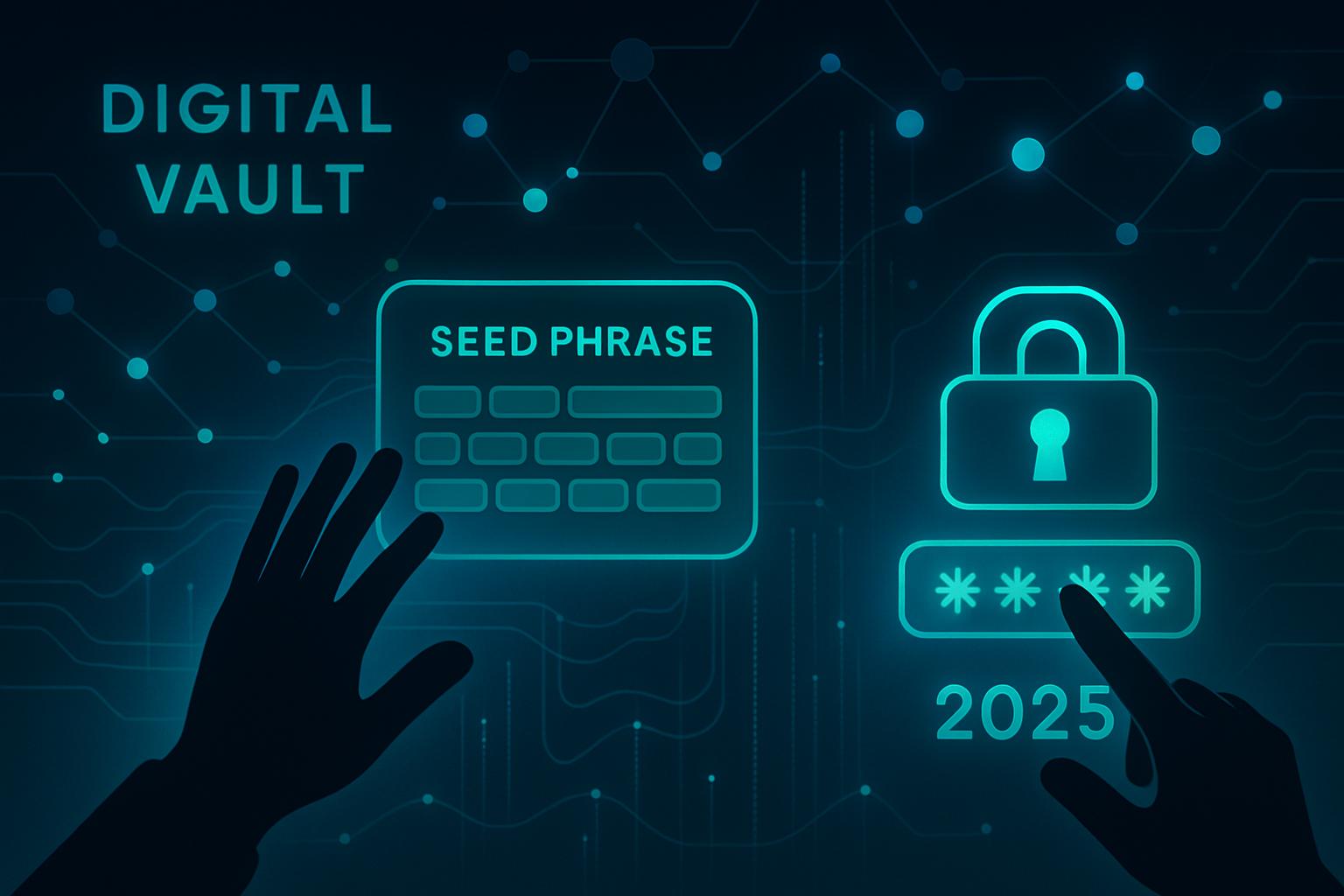Understanding Crypto Wallet Types and Recovery Challenges
Despite technological advances, losing access to cryptocurrency wallets remains a widespread issue in 2025. According to analysts at Ledger, between 2.3 million and 3.7 million Bitcoin are permanently inaccessible. The FBI reported over $9.3 billion lost to crypto investment fraud in 2024, with older investors particularly vulnerable to scams during recovery attempts.
Effective recovery depends largely on the wallet type, which falls into two categories:
- Custodial wallets: Hosted by exchanges like Binance, Kraken, and Coinbase, these wallets manage private keys on behalf of users. Password recovery is possible through standard procedures such as email resets and KYC verification.
- Non-custodial wallets: Services like MetaMask, Trust Wallet, or hardware wallets such as Ledger require users to manage their own seed phrases. Losing both password and seed phrase often results in irreversible loss.
Recovering Access Based on Wallet Type
Scenario A: Lost Password but Seed Phrase Available (Non-Custodial Wallet)
If you have forgotten your password but retain your seed phrase, recovery is straightforward. Use the wallet’s “Import” or “Restore” option to input your 12- or 24-word seed phrase. After restoration, set a new password to regain access.
Scenario B: Lost Password on Custodial Exchange
For custodial wallets, initiate password recovery via the exchange’s “Forgot password?” feature. Verification may involve security questions or document submission. Upon successful verification, create a new password and enable two-factor authentication to enhance security.
Scenario C: Lost Seed Phrase (Non-Custodial Wallet)
Without your seed phrase, recovery options are limited. Users should search for digital backups, password managers, or physical notes. Maintaining multiple offline backups in secure locations is critical to prevent permanent loss.
Advanced Recovery Options and Legal Remedies
When conventional methods fail, advanced techniques may be considered, especially for wallets with substantial holdings:
- Brute-force recovery tools: Specialized software attempts to crack wallet passwords by testing numerous combinations, but caution is advised to avoid malicious downloads.
- Blockchain forensics: Professional firms can trace stolen funds, collaborate with exchanges to freeze assets, and identify illicit activity, though they cannot recover lost seed phrases.
- Legal action: Reporting theft to authorities such as Action Fraud or Interpol Cybercrime can facilitate investigations. Legal recourse may involve civil litigation supported by blockchain experts.
Identifying Legitimate Crypto Recovery Services
The crypto recovery sector is rife with scams. Genuine services typically:
- Operate on a contingency basis with no upfront fees.
- Provide detailed case assessments, clear communication, and realistic timelines.
- Maintain publicly verifiable success records.
- Use transparent and professional contact channels beyond informal platforms.
Beware of any service promising guaranteed recovery, as no method ensures complete success.
Note: This article is informational and does not constitute investment advice. Readers should conduct independent research before making financial decisions.













